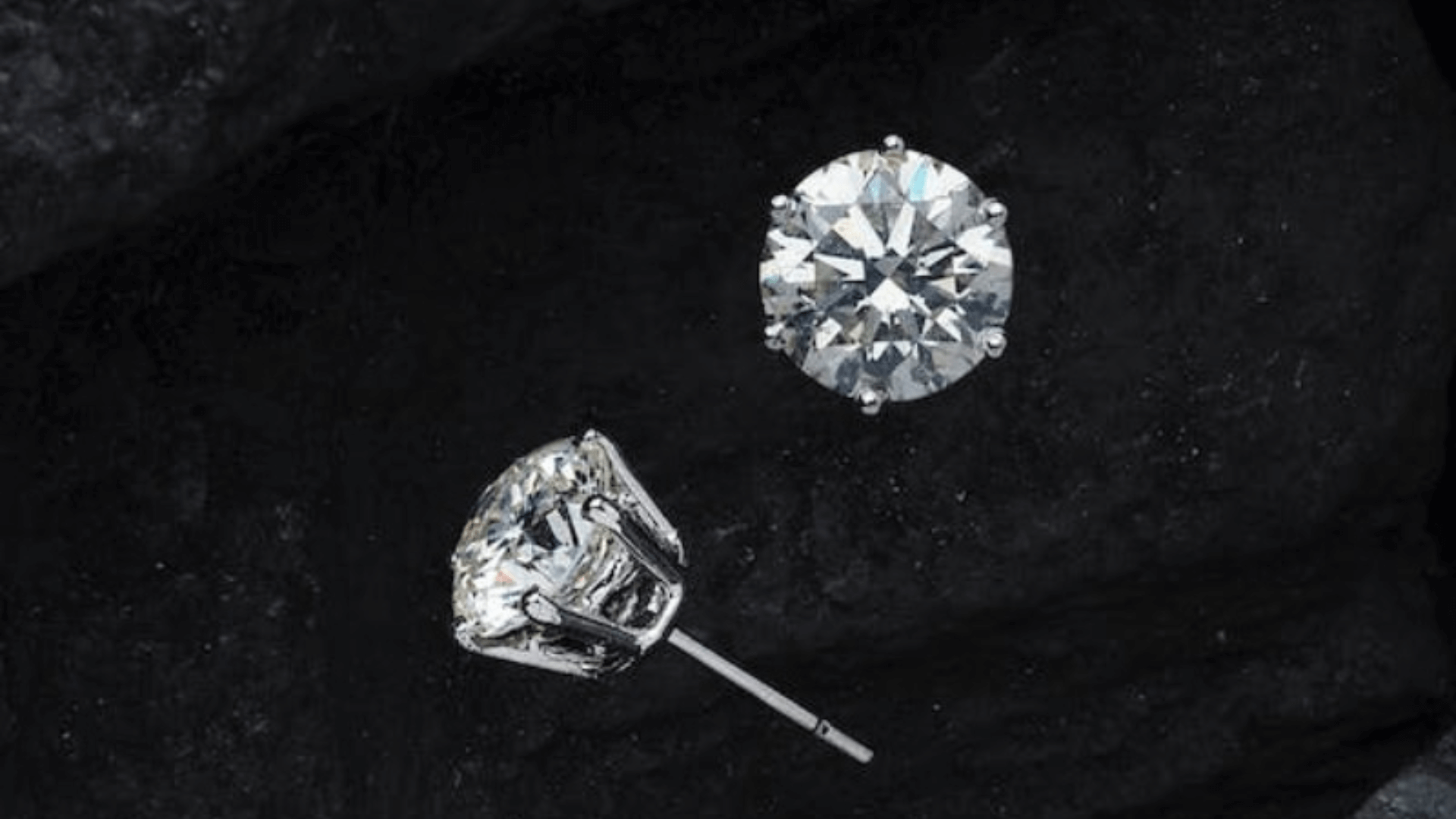Selecting the perfect lab-grown diamond is a decision that demands your utmost attention. The process involves many steps beyond knowing about the conventional 4 Cs (carat, cut, color, and clarity).
Lab-grown diamonds are an intriguing option for anyone interested in sustainable, ethically sourced treasures, whether they’re a couple on the verge of a life-altering commitment, a thoughtful gift-giver hoping to make someone’s day, or a savvy individual interested in ethical, sustainable gems.
This post will walk you through the crucial steps of purchasing a lab-grown diamond.
1. Determine your budget
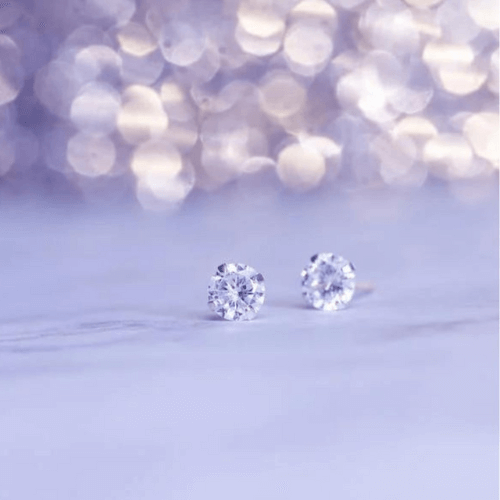
Since many consumers may have irrational expectations of what they can get—typically overestimating the price—budget considerations are crucial when purchasing lab diamonds.
But the good news is that, with the introduction of lab-grown diamonds, prices have drastically decreased, making it possible for more buyers to get the pieces they have their minds set on.
However, you’ll still need to consider your financial situation before making significant purchases.
For instance, a diamond engagement ring represents your unwavering love and devotion for your spouse, but it should also reflect the realities of the future you hope to share.
Overspending on your first big purchase together creates false expectations for your future and could unnecessarily strain your developing relationship.
2. Choose a diamond style
Keep your partner’s style or the person you want to gift in mind. Your partner’s preferences will impact the diamond shape you choose.
For instance, a traditional bride frequently anticipates a single, bright, round stone set in a straightforward—or not-so-straightforward—band.
However, your partner might choose a delicate marquise or a striking princess cut stone.
Finding the ideal fit for the most significant piece of jewelry will be easier if you know your partner’s aesthetic preferences.
Consult with friends and family, or consider their jewelry and wardrobe preferences.
3. Choose a gemstone’s shape
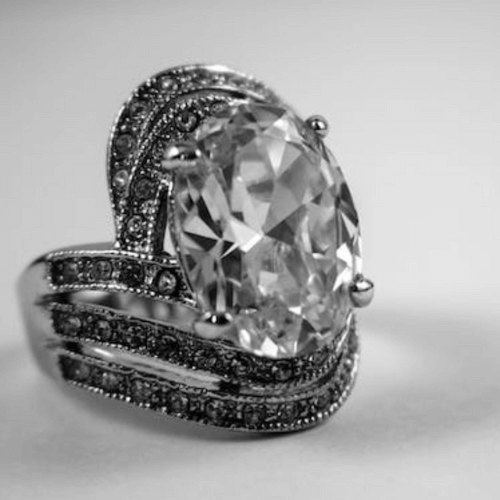
The carat weight, cut, color, and clarity of the gemstone you select will all affect the cost of your lab-created diamond. Choosing the form of your diamond should come first because it will determine its style and other components.
For instance, you may discover that some ring designs are only compatible with particular gemstone forms. You can decide on the specifics once you’ve established the gemstone’s shape.
Round, oval, princess, and cushion cuts are typical shapes for lab-grown diamond jewelry.
If you want a diamond with the most brilliance and brightness, go for a brilliant cut. If you’re going for something sophisticated and classy, something like an emerald cut will have stunning appeal.
4. Discover the basics: the 4Cs of diamonds
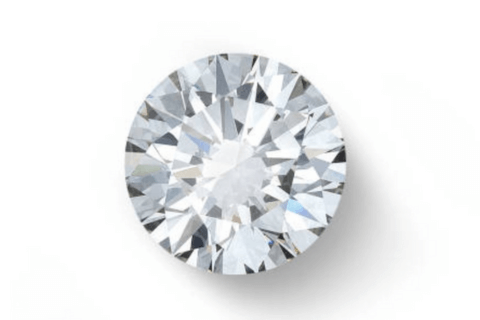
Learning about the diamond’s 4Cs is an important step in purchasing a lab-grown diamond. Like your love, your lab-created diamond strikes a delicate balance of elements.
Your diamond’s carat weight, cut, color, and clarity will all affect how stunning it appears.
Give yourself the time you need to think about how each of the different Cs will affect the appearance and shine of the diamond.
Carat
Your stone’s carat or size will significantly impact the price of your lab-created diamond. A clear, well-cut gem with a warm color may help compensate for the impact lost if you reduce the diamond’s carat size.
Keep in mind that this is just a starting point. Later, you’ll probably go back and downsize.
If you or the gift recipient have a preferred carat, start there. If not, you can set a carat rather arbitrarily and return to this step after you have a pricing range.
Cut
It is possible to combine a diamond’s cut and form. But a diamond’s cut refers to its proportions. The angles and symmetry that make up a diamond’s cut are rated by gemologists from “Poor” to “Ideal” and occasionally even “Excellent.”
One of the simplest steps is perhaps this one, especially for any shape that resembles a brilliant, like the round brilliant. You should decide between outstanding and ideal.
Restrict your search to excellent/ideal-cut grades for fancy cuts of the brilliant variety. You can consider slightly lowering the cut quality for a few fancy-shaped diamonds (step cuts).
Once you’ve chosen one or more diamonds, examine the HD 360-degree photos to compare their cuts visually. Make sure the table (surface) is the same size if you purchase a set.
Check out our diamond collection for various settings for round brilliant cut diamonds.
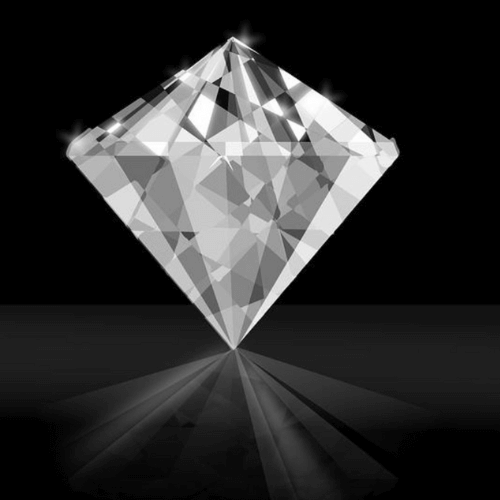
The last category is clarity, which ranges from “I” to “FL.” A diamond’s clarity takes into account its imperfections. It is rated from (I) for included, which means you can see the imperfection, to (FL), which is flawless.
Stones may have both internal and exterior flaws. Many of which require magnification to be seen.
When looking for a round brilliant-cut diamond, we recommend you limit your range to VS1 and SI2 for the best balance between clarity and cost.
Your specific diamond’s optimal clarity grade will vary depending on size, cut, and color.
If you choose an exceptional or ideal cut, the chances are that the stone will outshine any little inclusions. Some cuts exhibit inclusion more than others.
It’s time for some manual labor once you have narrowed your options. Looking at HD 360-degree photos, compare the diamonds and search for any defects or flaws evident to the naked eye.
Color
The allowable color range is influenced by the other elements and the metal color of the jewelry setting, much like clarity. Due to “foreign” substances present during their development (with lab-grown diamonds, often nitrogen or boron), both mined and lab-grown diamonds exhibit color.
Colorless diamonds are extremely rare, and you must pay a high price. A more color-free diamond is what one should strive for on a scale from D to Z used to grade color.
The letter “D” denotes that the white diamond is colorless, while “Z” indicates that the gem has a definite yellow tint.
You should start at the near-colorless grades of H to J/K and work down to the colorless grades of D, E, and F to maximize the diamond’s other properties.
The brightness will show through the extremely weak color of the H to J grades if you have chosen an exceptional or ideal cut, which we know you have if you adhere to these instructions.
This is especially true for cuts of the blazing bright variety. To get the most value for your money, choose grades I or J.
The hue of your center diamond may affect it more or less, depending on your chosen style.
For instance, a halo-style diamond ring would call for a “D” colorless diamond since the accent diamonds on either side of the central stone accentuate it.
To learn more about colors in lab-grown diamonds, read: Can Lab-Grown Diamonds Have Color? (Explained!)
5. Check out the finish, fluorescence, and proportions
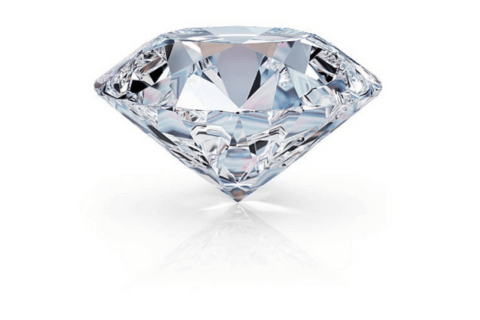
Let us now look beyond the 4 C’s to identify three additional elements that are crucial for finding the ideal lab-grown gem:
Symmetrical finish
A diamond’s facets are related to its symmetry. Flat surfaces, or facets, are produced when a diamond is sliced, improving light performance.
More symmetrical diamonds will have facet sizes and shapes that are more consistent.
A diamond won’t sparkle as brilliantly if one facet is misaligned since the cut grade and light refraction will be poorer.
Polished finish
The smoothness of facet surfaces affects light performance. You should stay away from facet surfaces with grooves or striated polish lines.
Less scintillation and dazzling sparkle from a diamond stone will result from such flaws.
Fluorescence
A scale of diamond fluorescence includes “None” and “Strong.” How a diamond is finished (in terms of symmetry and polish) will determine how it responds to ultraviolet light by giving off a soft hue.
Dimensions
A certification report could offer a thorough breakdown of diamond proportions, such as:
Table
Refraction describes how light enters and travels through a diamond. The diamond table, the largest facet of a diamond, is subject to the most refraction. This is significant because a larger diamond table creates the illusion of a bigger diamond.
A larger diamond table allows more light to enter, reflect off, and leave the diamond.
6. Decide where to buy
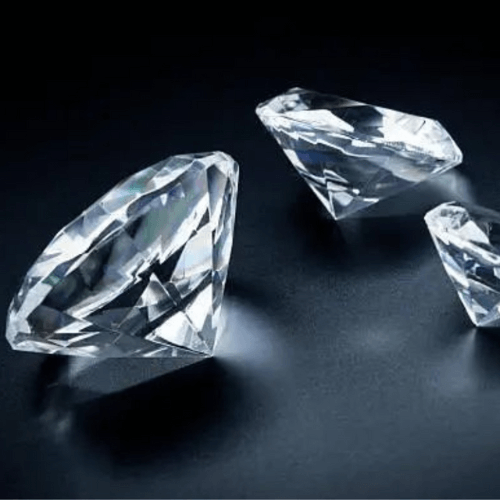
The most crucial step is deciding where to buy your lab-grown diamonds.
Examine the stock and costs of several sellers. However, for the reasons listed below, we strongly advise you to go for online shopping:
- Prices will be much lower.
- You will have a better shopping experience.
- The most crucial thing is that your final purchase will be superior.
Additionally, you should always go for trusted lab-grown diamond jewelry dealers. At Etika Jewels, We offer a beautiful, ethical, mindful diamond jewelry collection.
Check out our diamond collection today for the best quality and shopping experience.
7. Reevaluate your budget
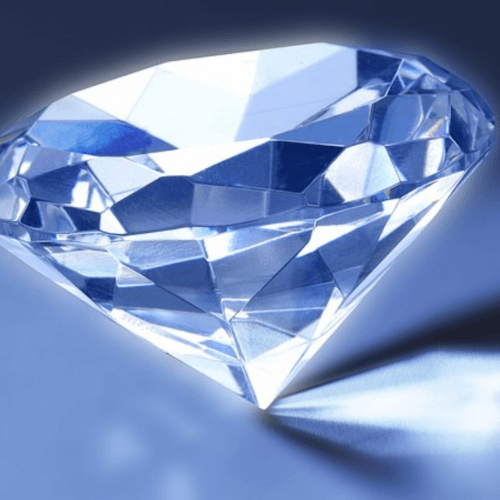
Having narrowed your search and probably compiled a respectable shortlist, it’s time to assess your budget. Is it something you have reviewed?
Here is what you should do if you go over your budget:
- Reduce the carat weight until it is within your price range.
- Use the following priorities if you are unable to reduce enough weight to remain within your means:
- Start by lowering the clarity by one or two steps.
- Second, take step or two back in terms of color grade.
8. Compare options
Check if any close substitutes have an advantage over the diamond you picked.
Knowing the approximate range of your 4C grades should make it simple to locate comparable diamonds that are being offered.
9. Verify the certificates
Check the grading certificates once you have chosen the stone(s). If the vendor cannot produce the certificate, leave it as soon as possible (or close the tab on your browser).
To learn more, read: Is IGI A Good Diamond Certification? (Read This First!).
10. Review terms and conditions for returns once again
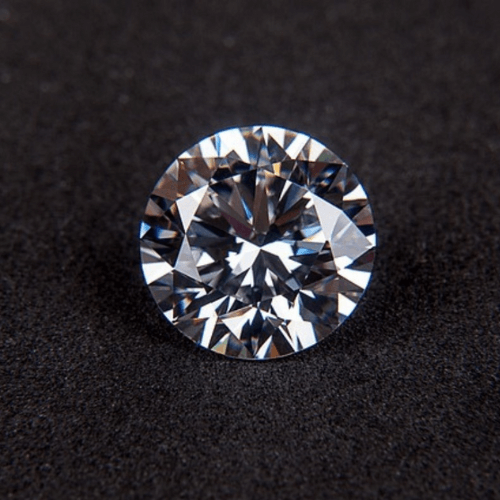
You are about to make what could be your greatest jewelry purchase to date. Therefore, be sure to double-check the terms and the return policy.
We have a 3-day return policy at Etika Jewels, so you have three days from receiving an item to submit a return request.
11. Consider a second opinion and proceed with your diamond purchase
You might seek a second opinion once you feel confident in your decision. Since buying your lab-created diamond is an important decision, you might want to involve your significant other in some, if not all, of the choices.
You might also want to consult a close friend, a family member, or even a gemologist to pull off a huge romantic surprise..
FAQs
Before you decide to purchase, you might have the following queries we would like to clarify.Are lab-created diamonds real diamonds?
Yes, lab-grown diamonds are real! A lab-grown diamond and a mined diamond have the same chemical makeup. The two diamonds look the same. One is generated in a lab, but the other is created beneath the earth’s surface.
For more information, read: Can You Tell The Difference Between Lab-Grown And Mined Diamonds?
What is the process of making lab-grown diamonds?
A laboratory-grown diamond is a manmade diamond produced by one of two growth techniques in a laboratory setting. CVD (Chemical Vapor Deposition) or HPHT (High Pressure, High Temperature).
The HPHT procedure involves pressing pure carbon powder into a capsule, which is put in a growth chamber. Over several weeks, a rough diamond crystal will form under intense pressure and heat (1300–1600°C).
The CVD procedure is initiated by inserting a diamond seed into a vacuum chamber. After that, methane and hydrogen gases are heated to the proper pressure until they evaporate, and carbon begins to settle onto the seed in layers, basically growing.
How long does it take to produce a lab-grown diamond?
The production of lab-grown diamonds can happen in a matter of days or weeks.
In fact, the diamonds Sidney Neuhaus grew for Meghan Markle, who caught the world’s attention with her engagement ring, were grown in just five days.
It is an incredibly quick process compared to the natural formation of diamonds, which takes billions of years!
Why should I buy lab-grown diamonds?
Here are several compelling reasons to consider buying lab-grown diamonds:
Durability
You would undoubtedly snicker if we told you that lab-created diamonds are on par with genuine diamonds in terms of quality. But let’s clarify.
Earth-mined diamonds were created by a natural process in the earth’s crust millions of years ago. Intense heat and pressure catalyzed this process by causing “carbon atoms to crystallize, forming diamonds.”
The procedure can be repeated in the lab, albeit for a short amount of time. Carbon atoms crystallize the same way in a lab as they did almost three billion years ago.
As a result, a lab-grown diamond shares the same composition, consistency, hardness, tenacity, and durability as mined diamonds.
Cost-effective
A lab-grown diamond is often cheaper than a mined diamond with comparable qualities. This makes them an appealing choice for individuals looking for bargains because you may buy a bigger or higher-quality diamond for the same budget.
Customization
When it comes to selecting particular qualities like size, shape, and color, lab-grown diamonds give you more freedom. This enables you to design a piece of jewelry that is uniquely yours and completely suits your preferences and style.
Innovation
Purchasing lab-grown diamonds contributes to the diamond industry’s continuous technological and sustainable development. These developments are advantageous for both the environment and customers.
Takeaway: Select a lab-grown diamond wisely
The process of selecting the ideal lab-grown diamond is challenging and rewarding. But now that our guide has covered the essential steps, you have the information and understanding needed to toe this brilliant path confidently.
From setting your budget and choosing the ideal occasion to studying the subtleties of ring styles and gem forms, each step helps to create a lasting and meaningful statement of love, commitment, or achievement.
It takes more than just spending money on a beautiful piece of jewelry to realize your ideals through your selection of lab-grown diamonds.
Explore the many options available and profit from the affordability and sustainability of lab-grown diamonds.
At Etika Jewels, we have a collection of stunning lab-grown diamonds. Explore our collection to find the ideal diamond for your needs today!
